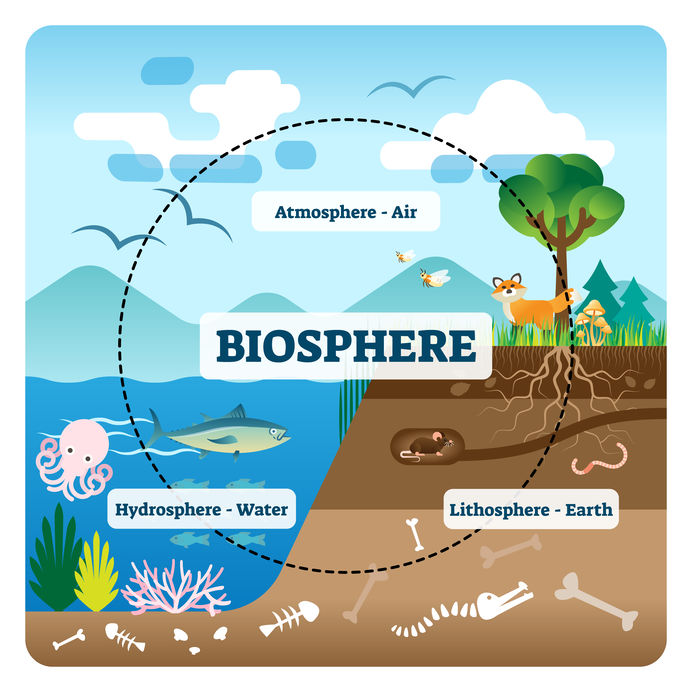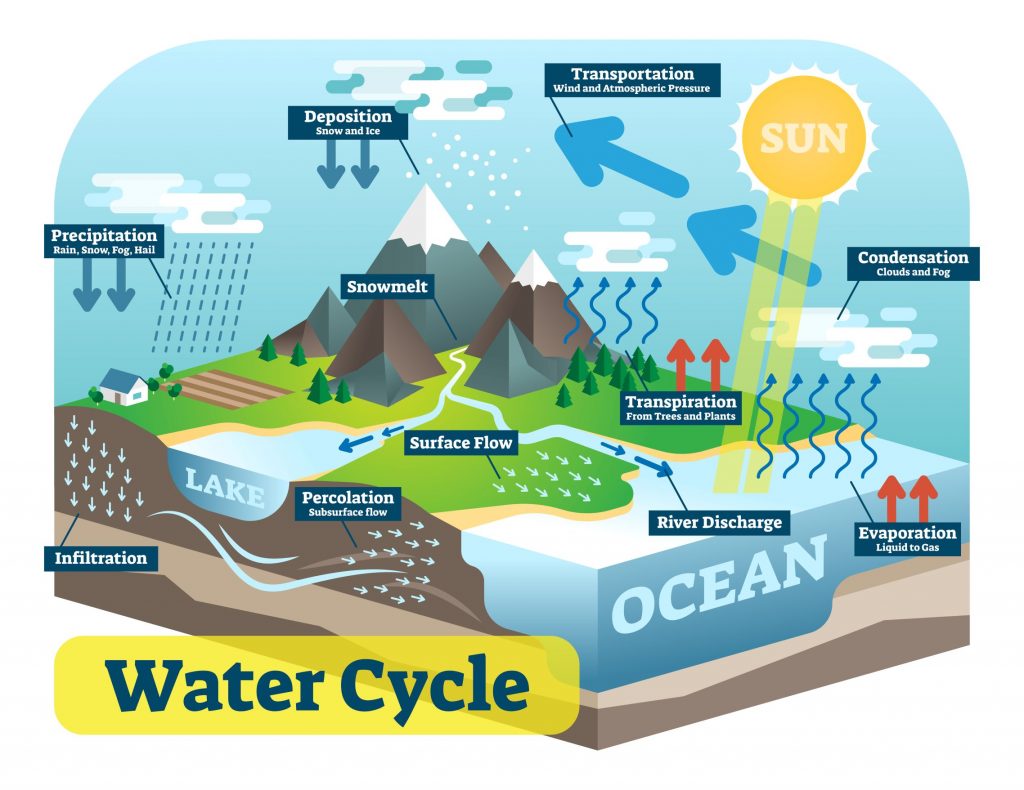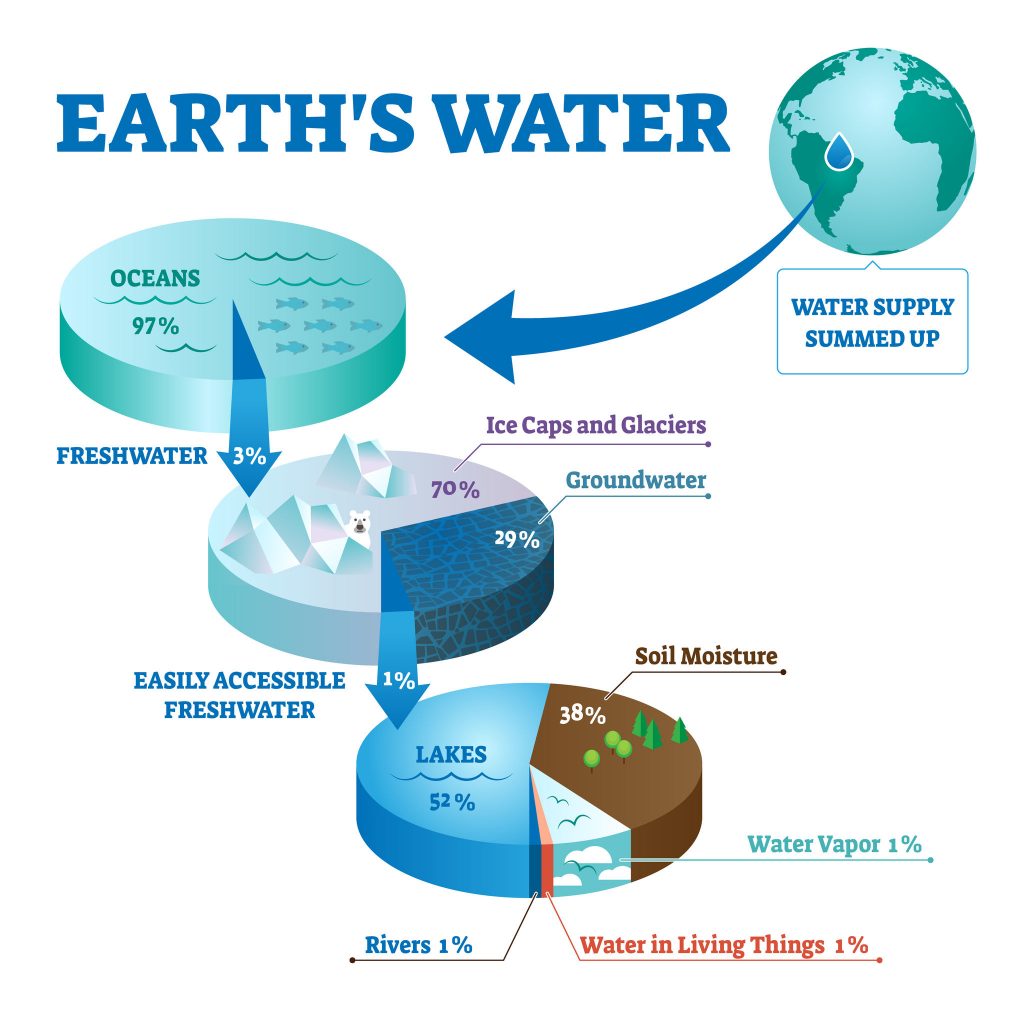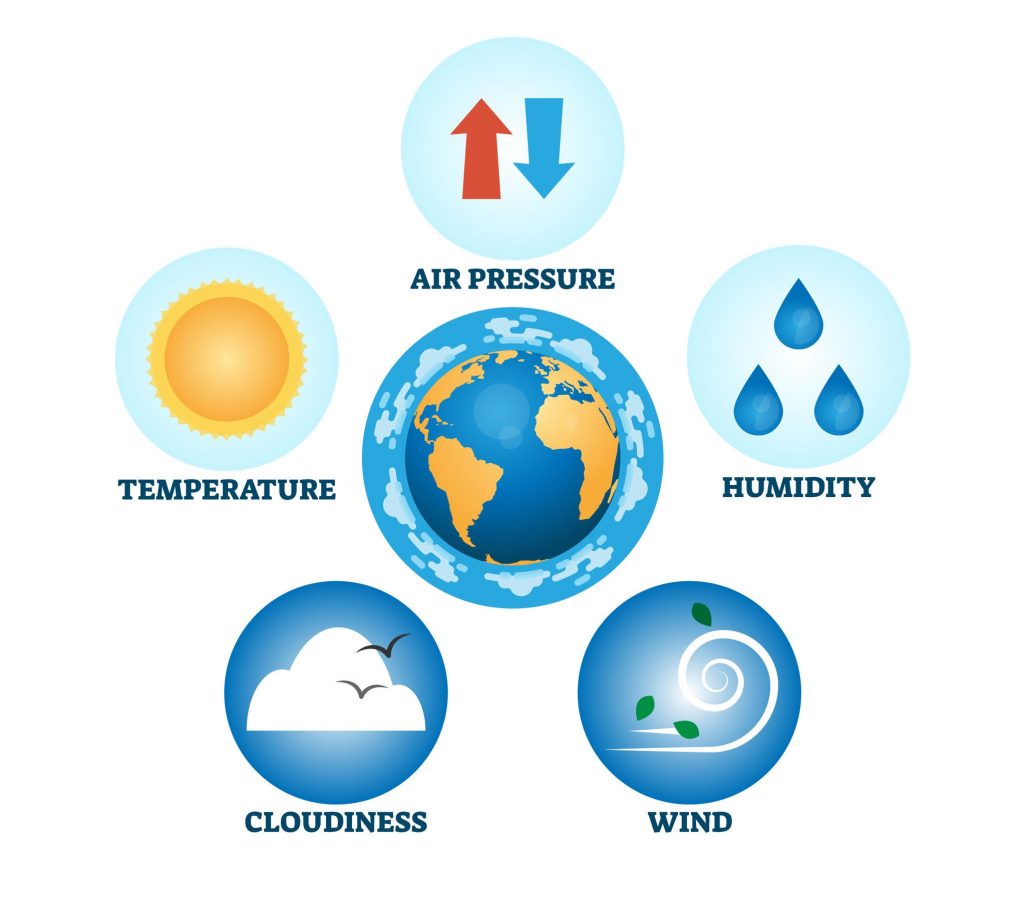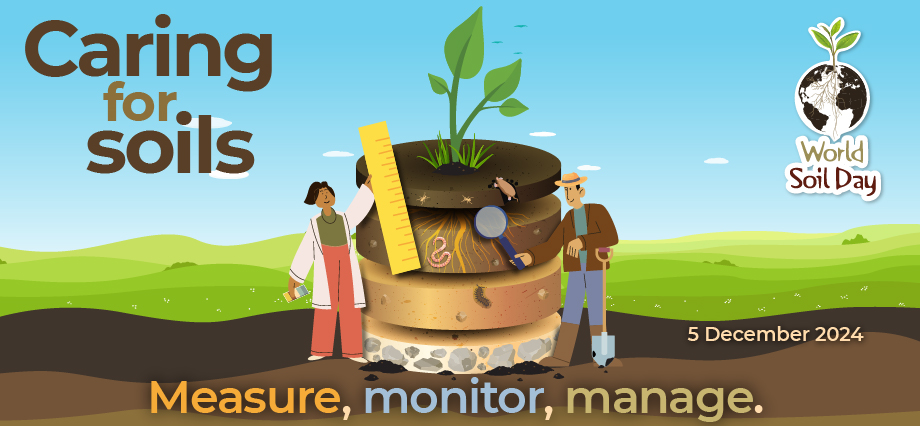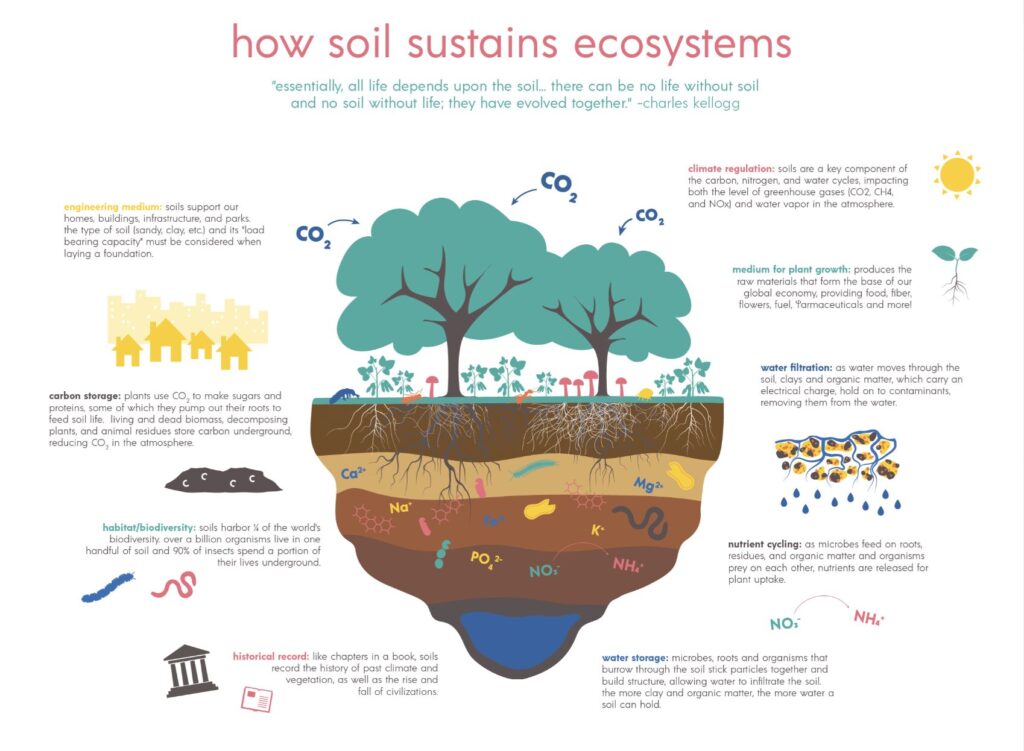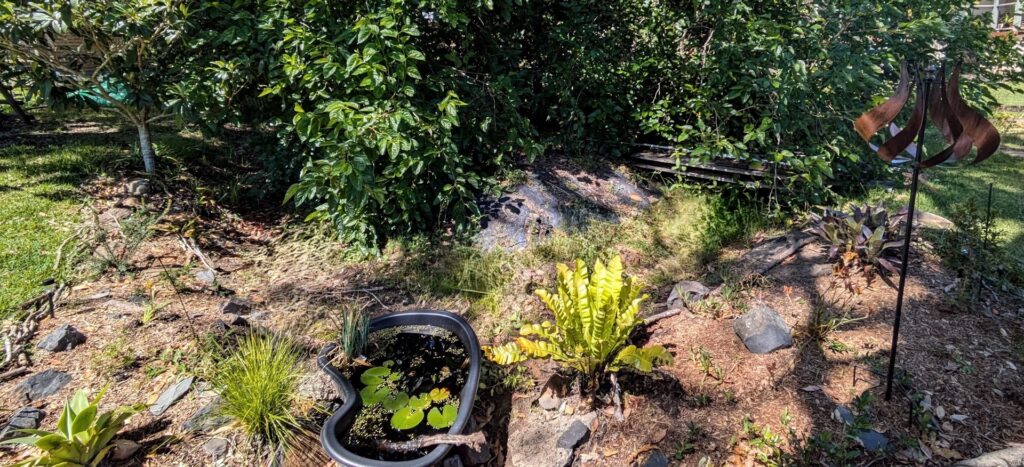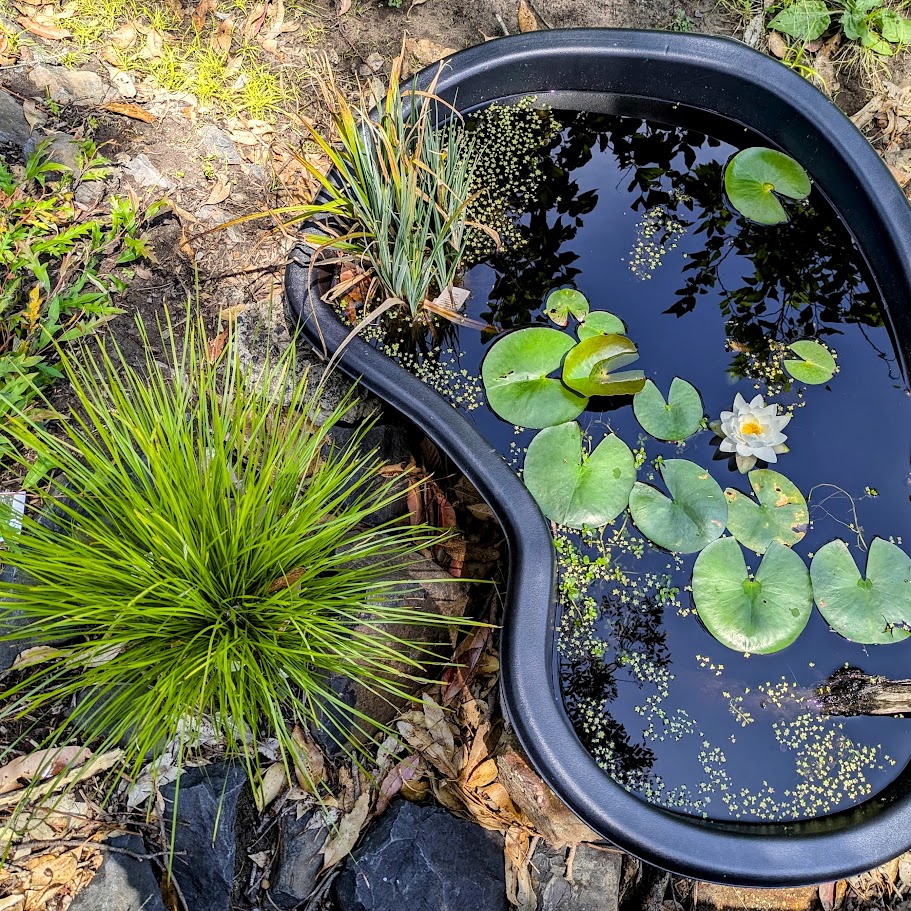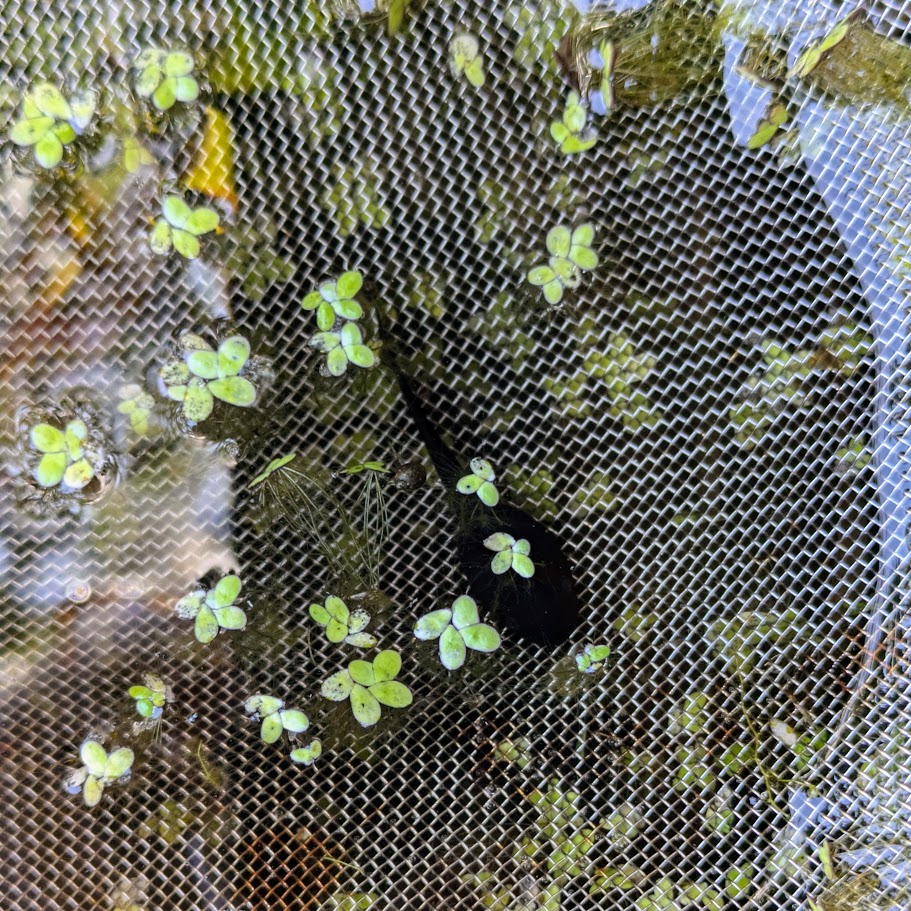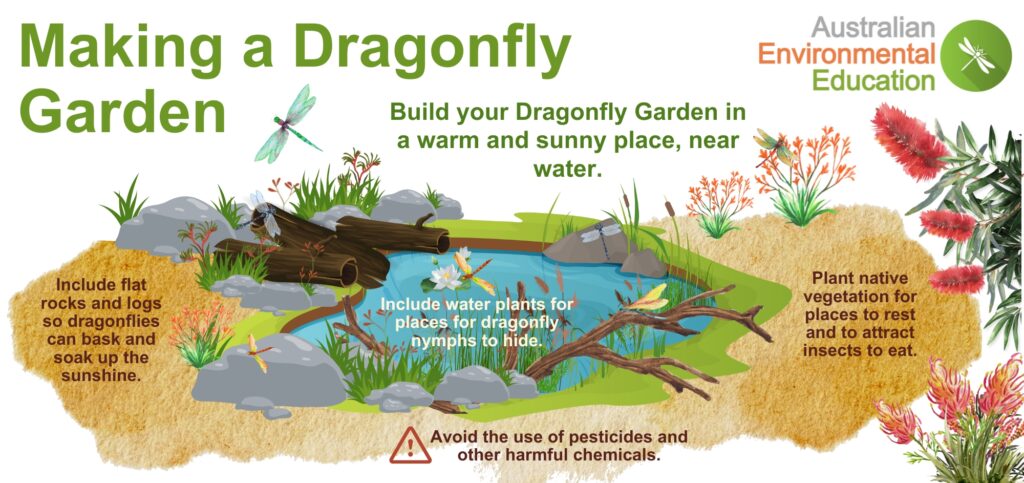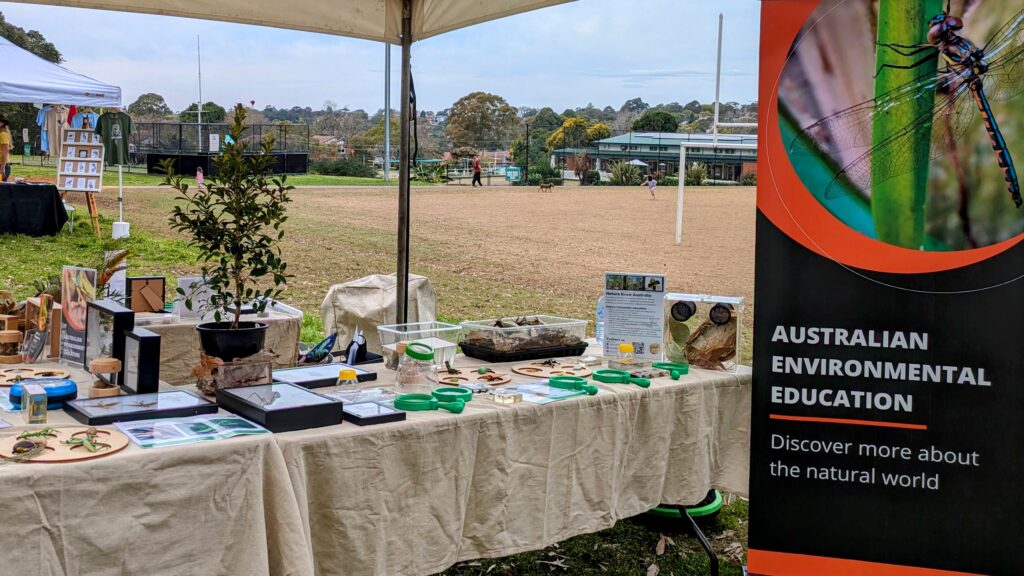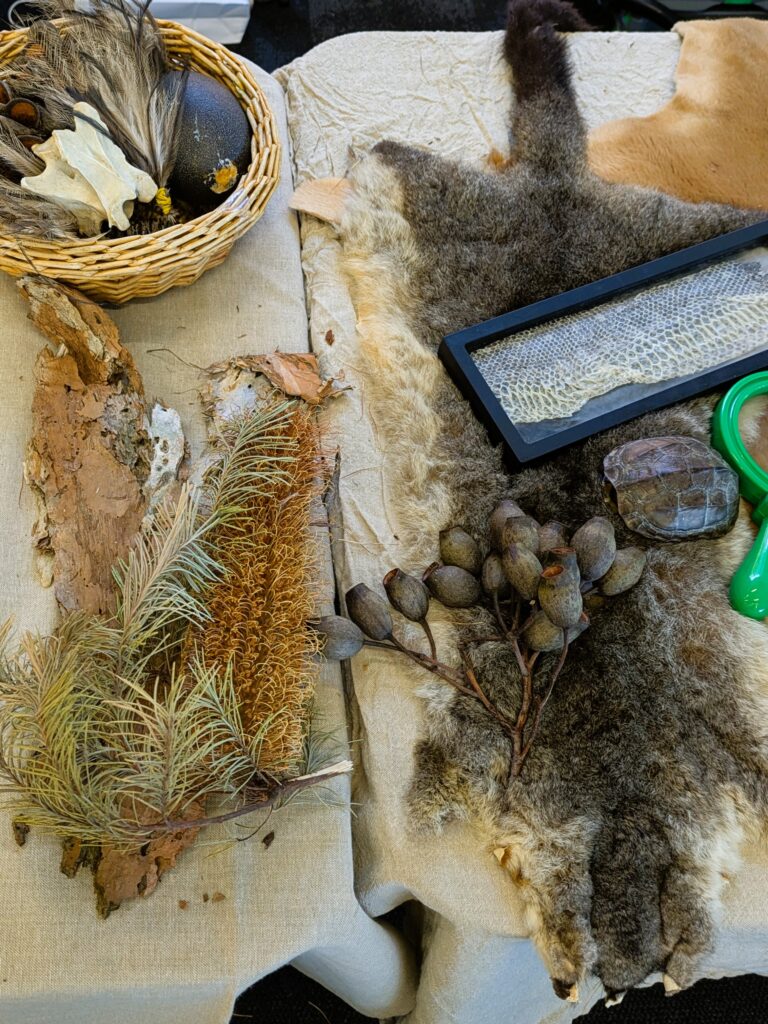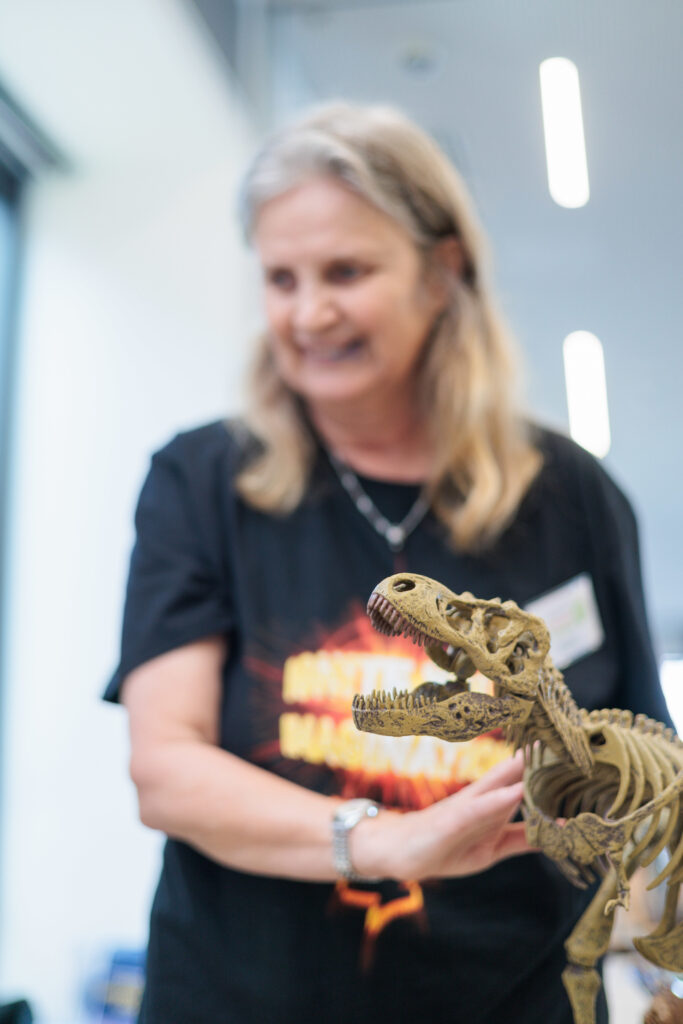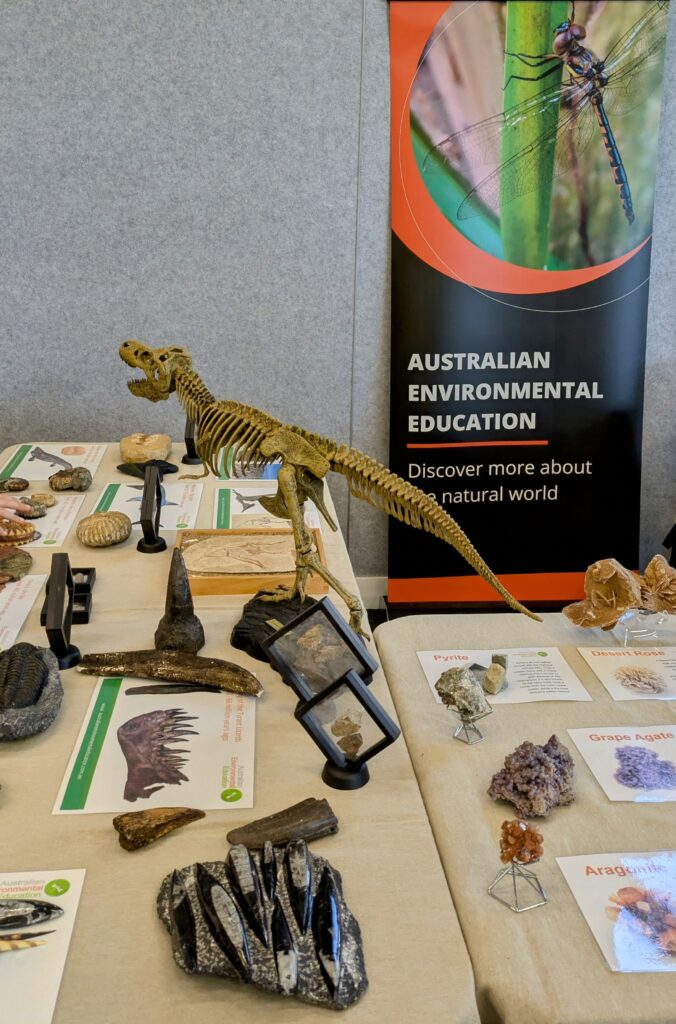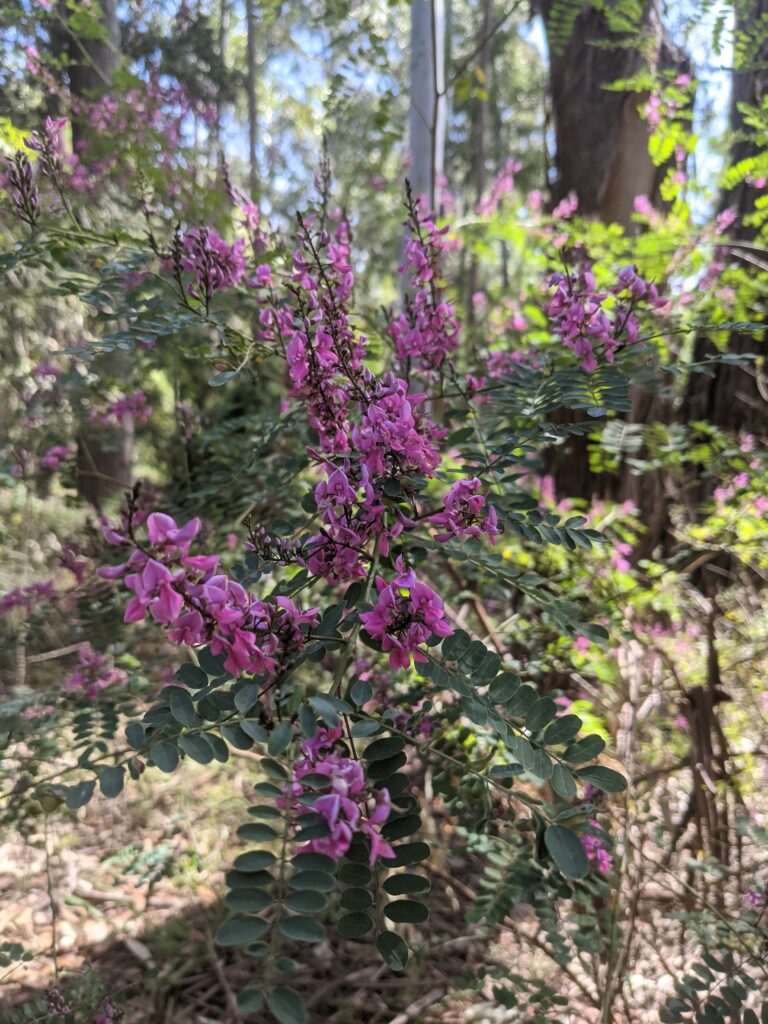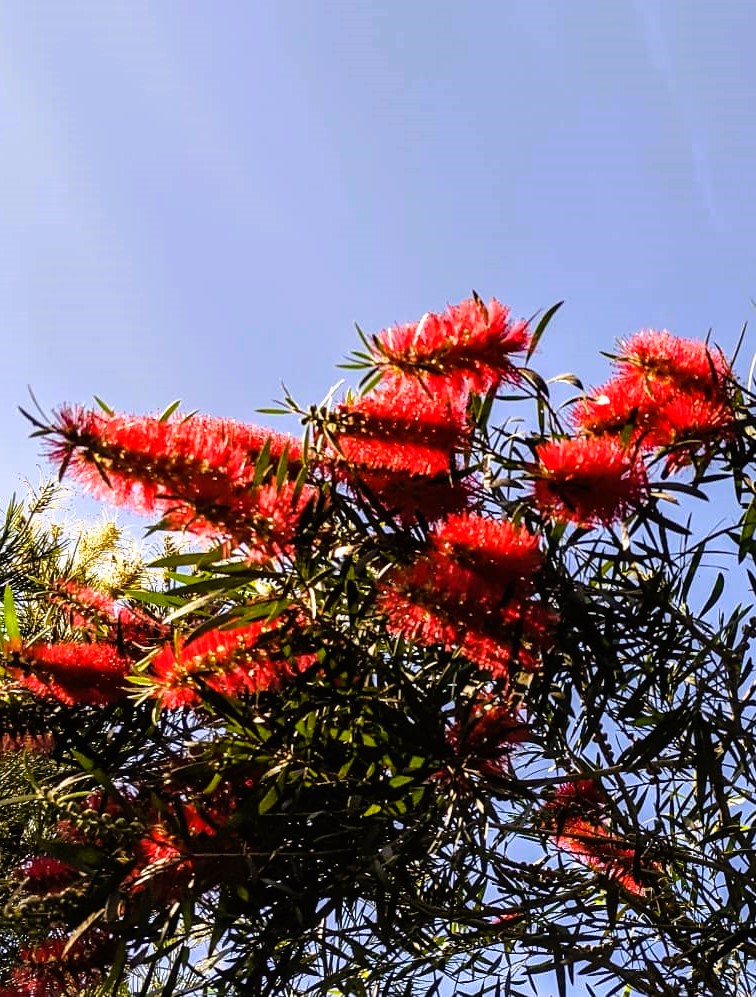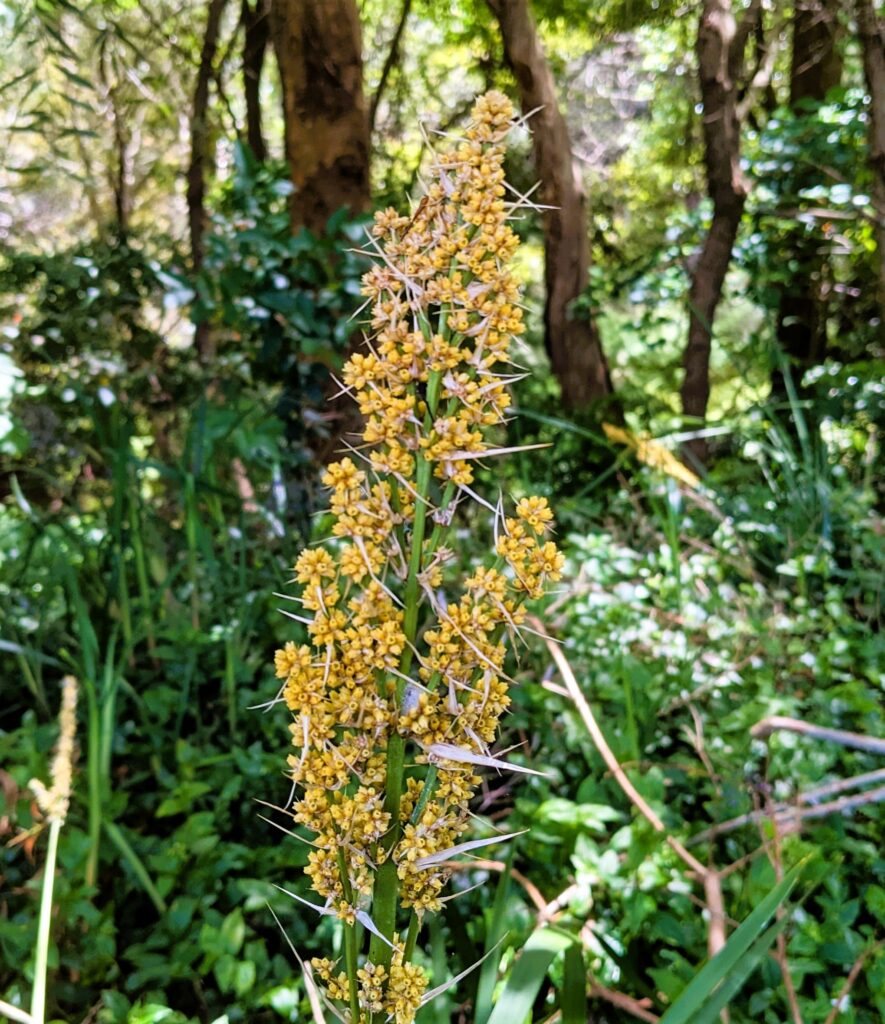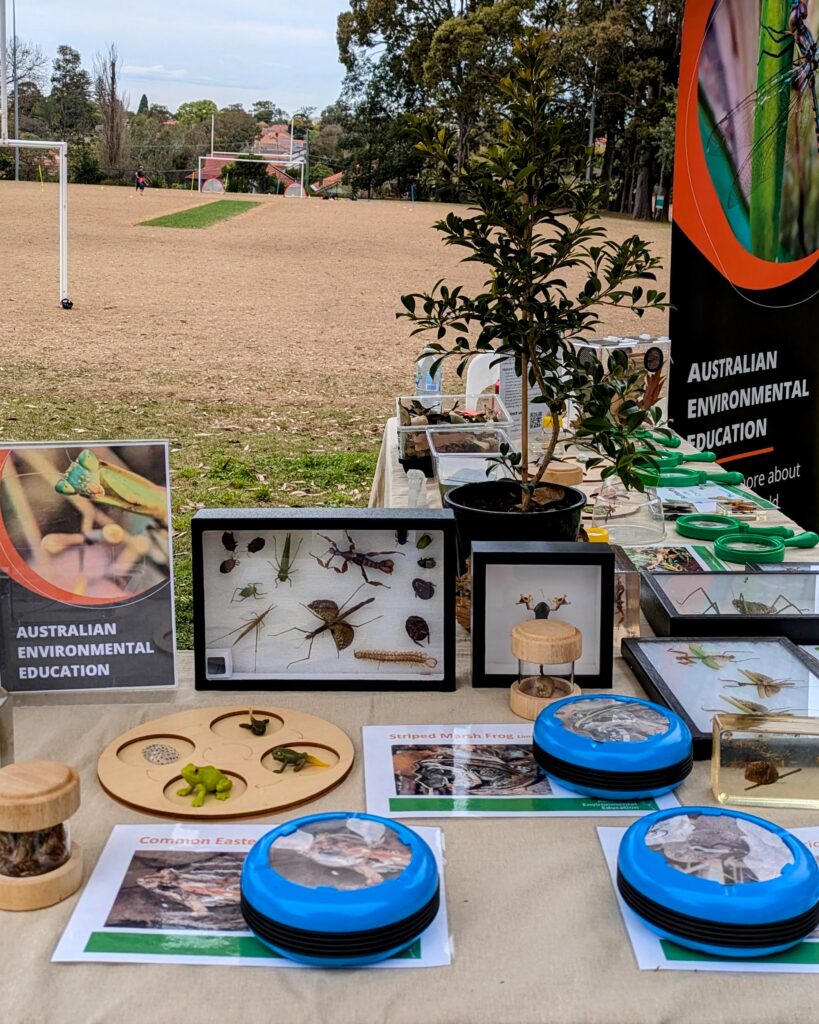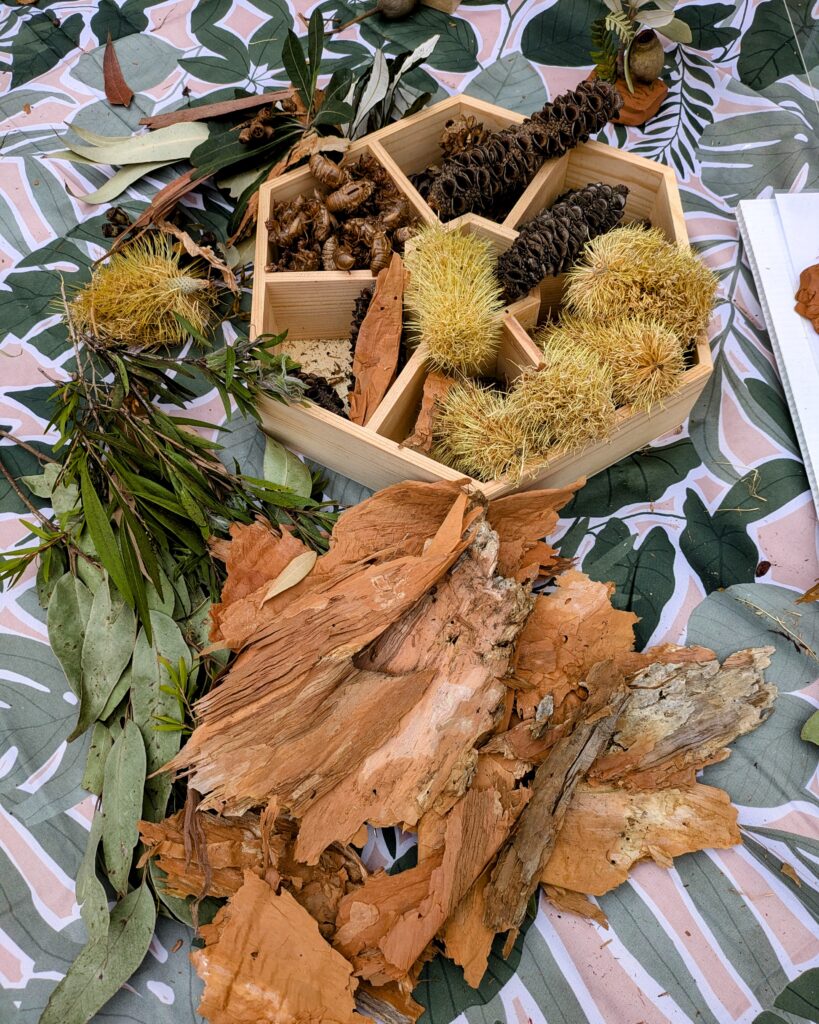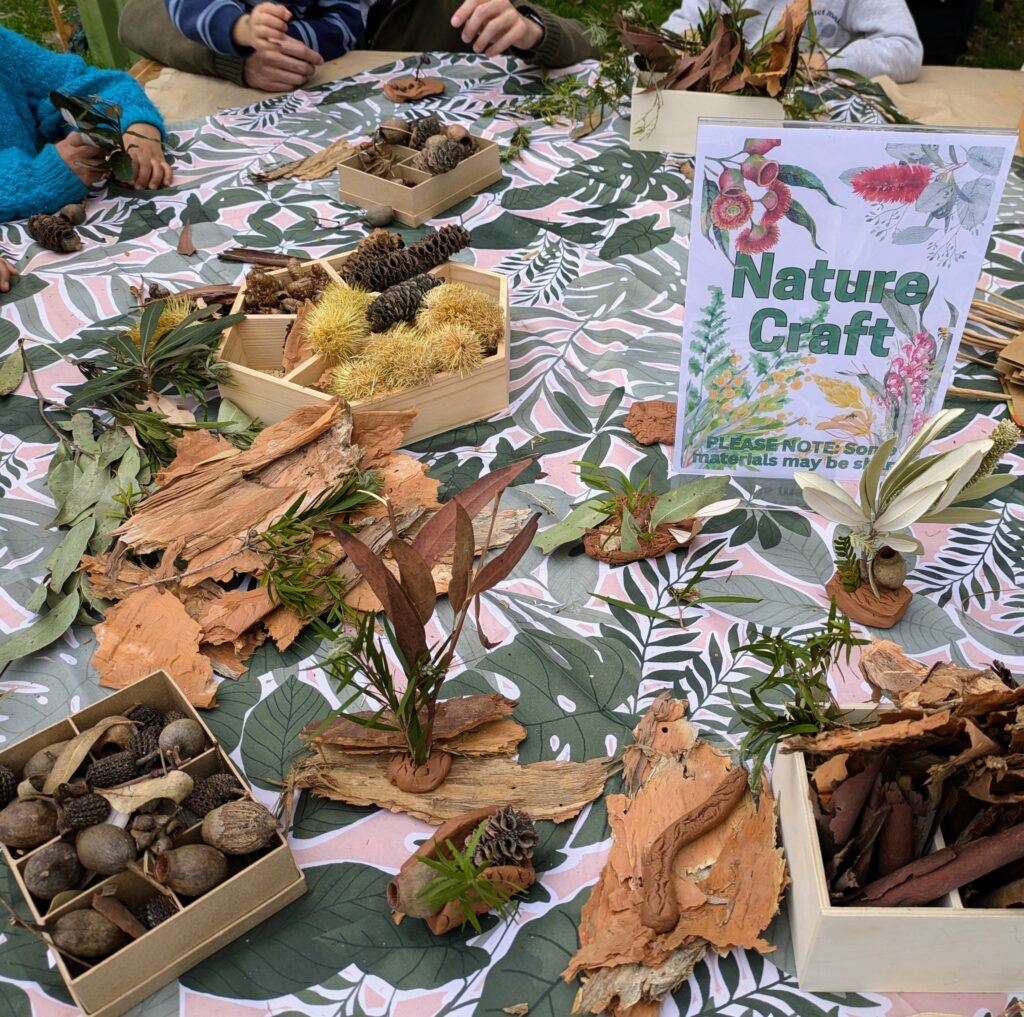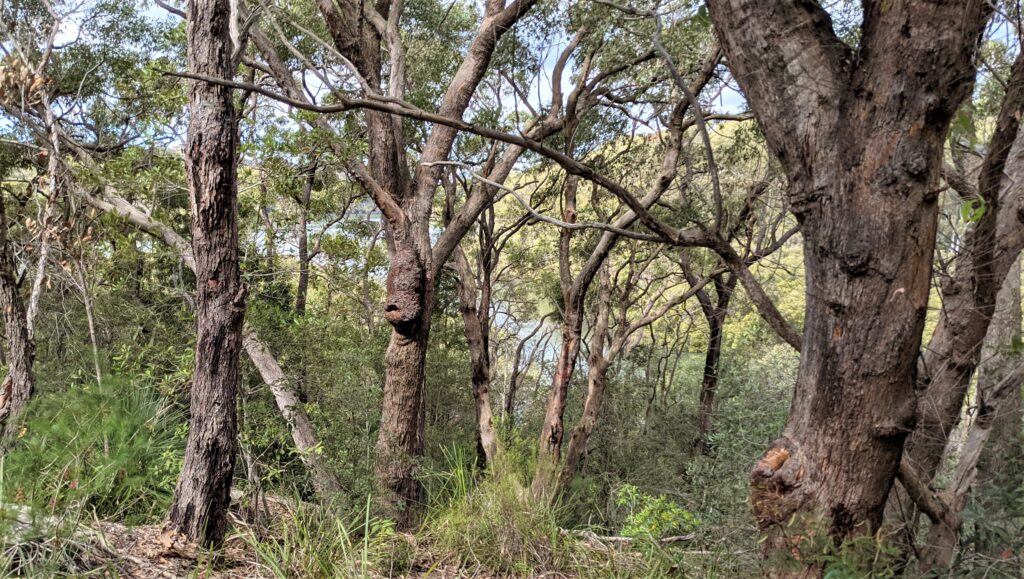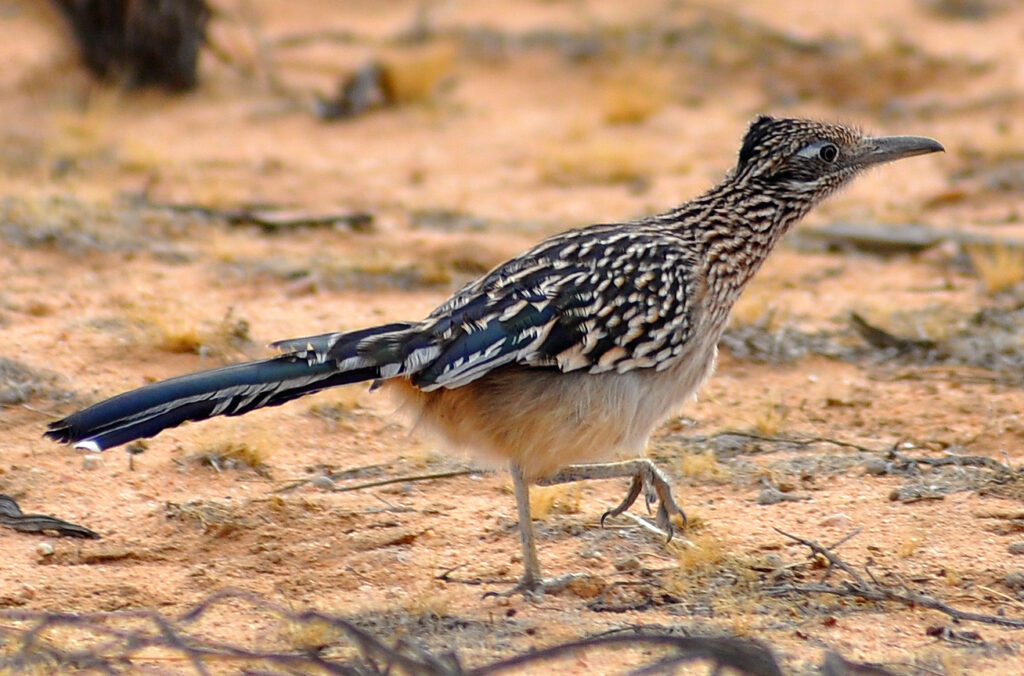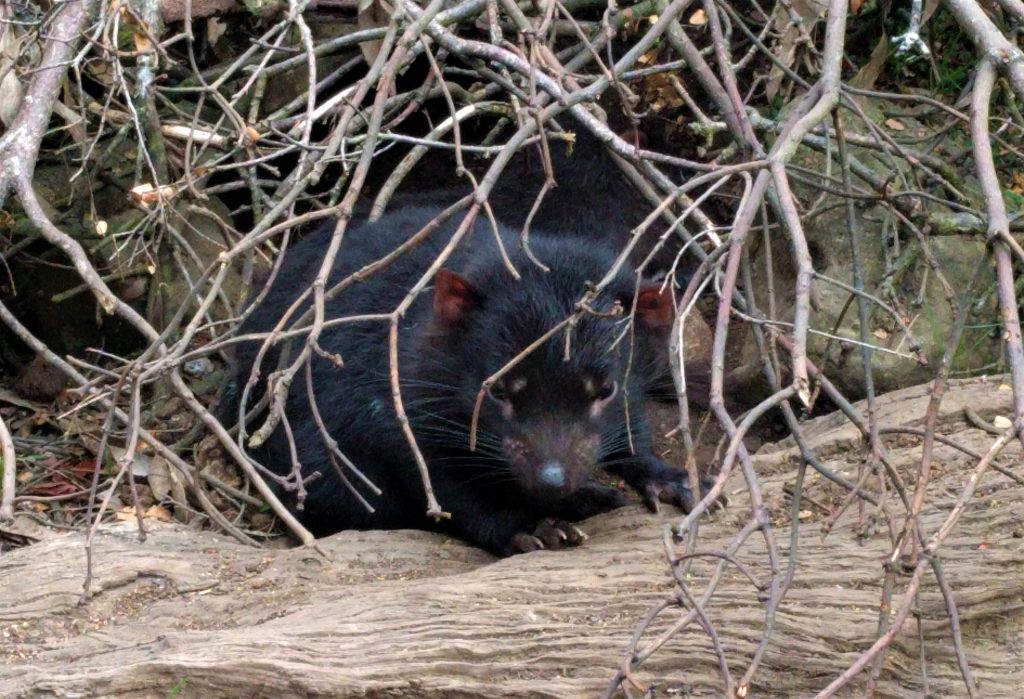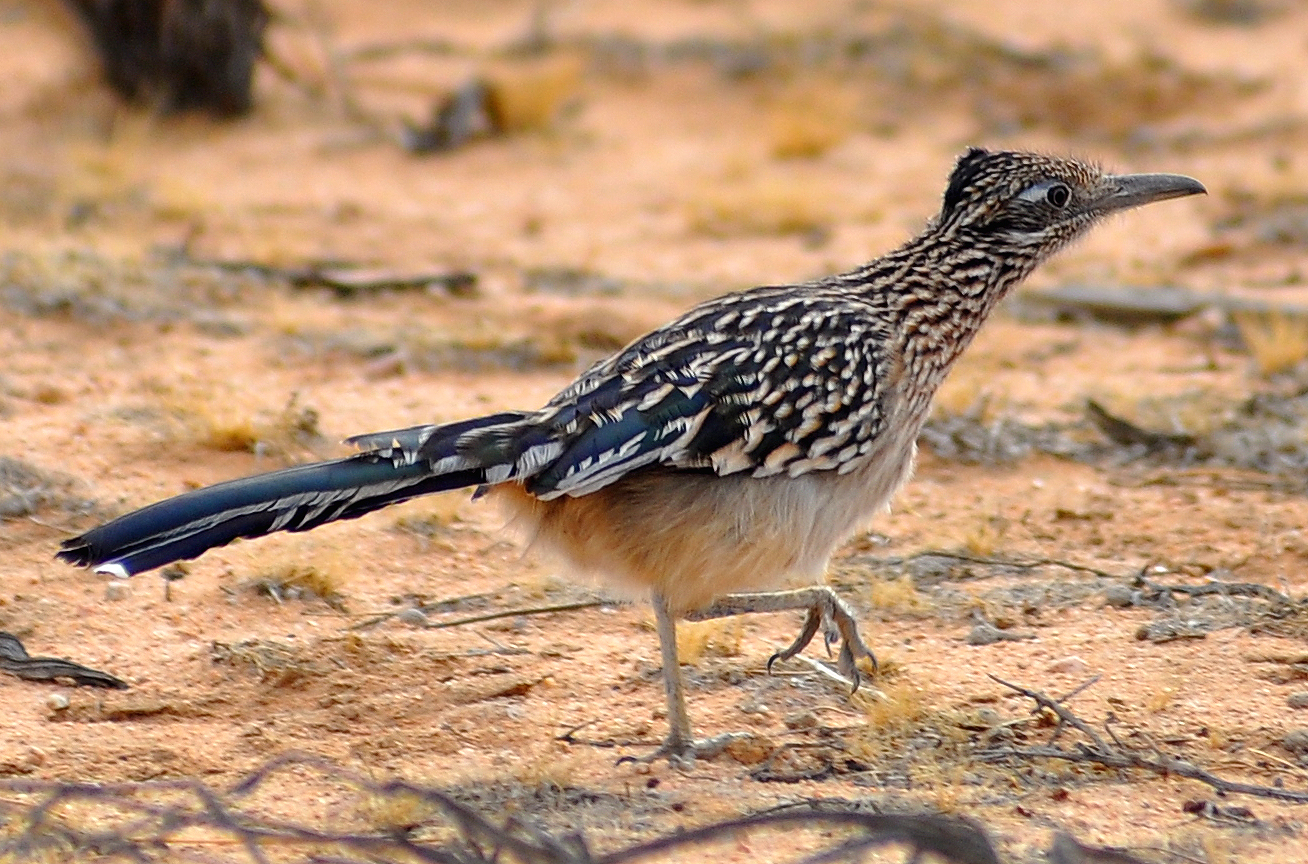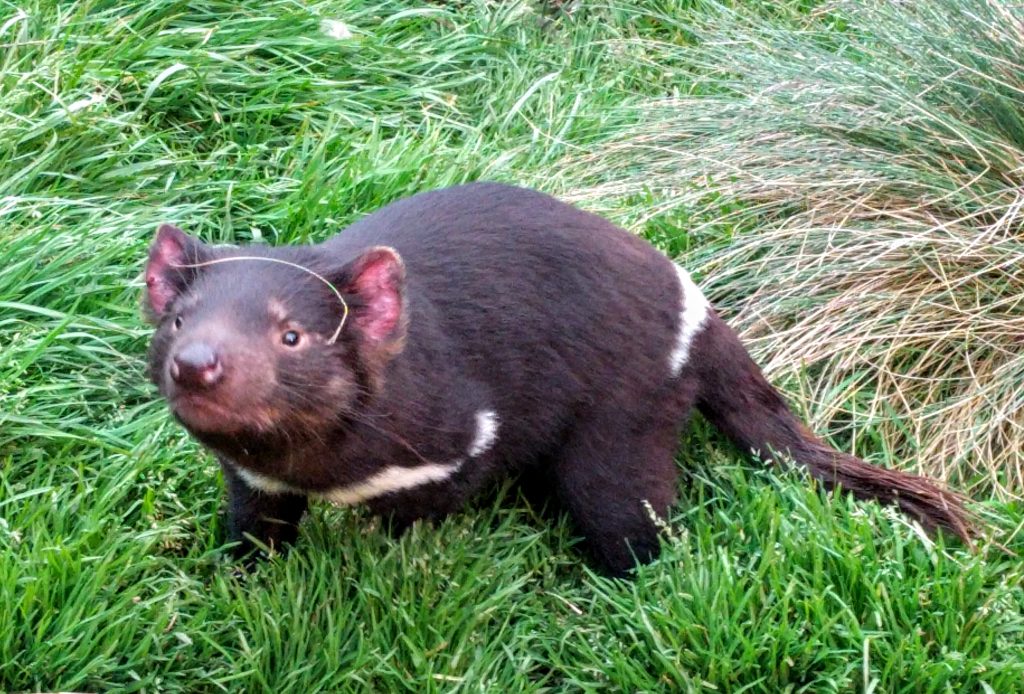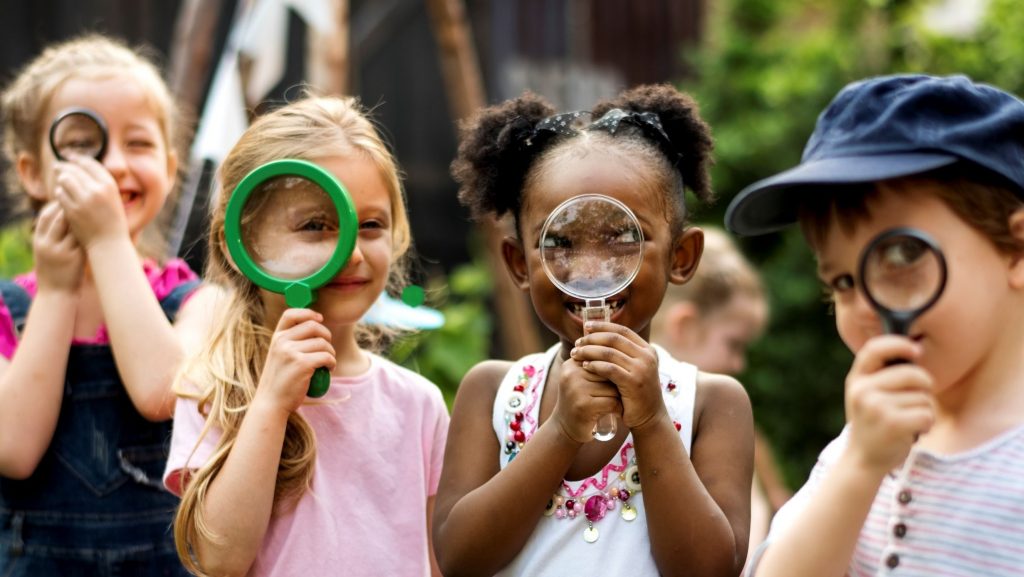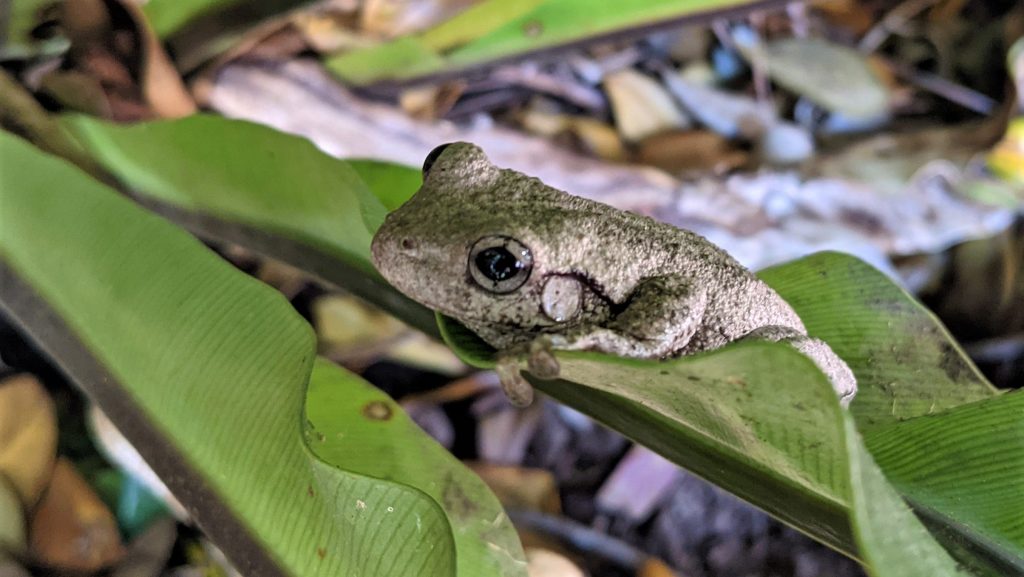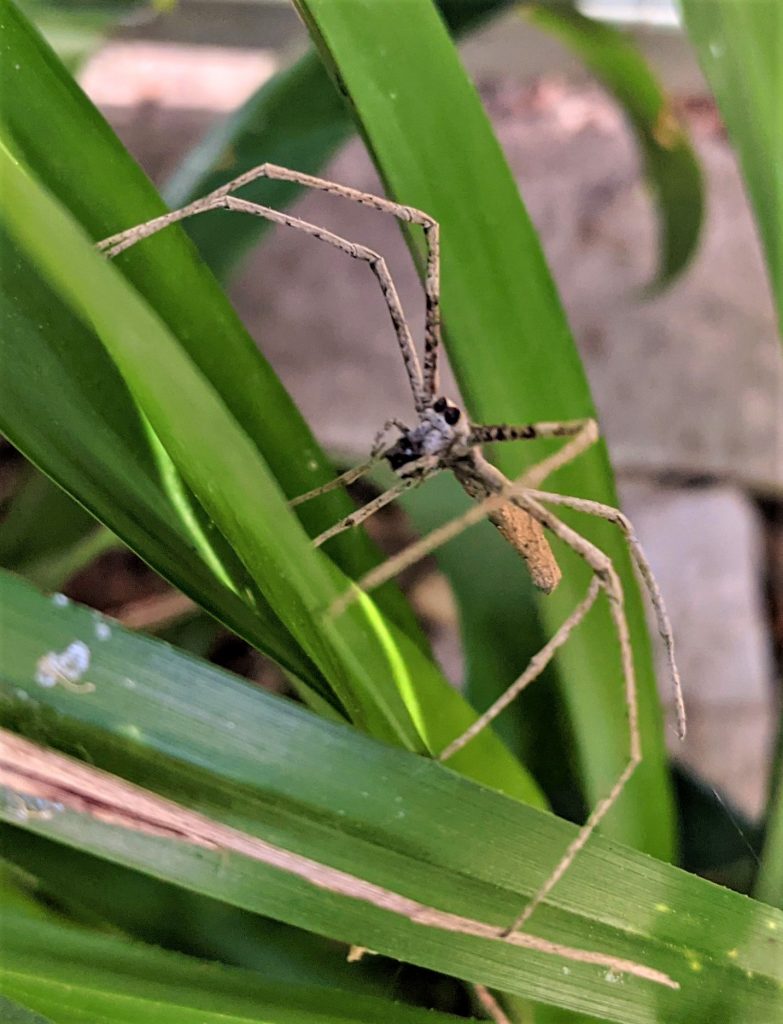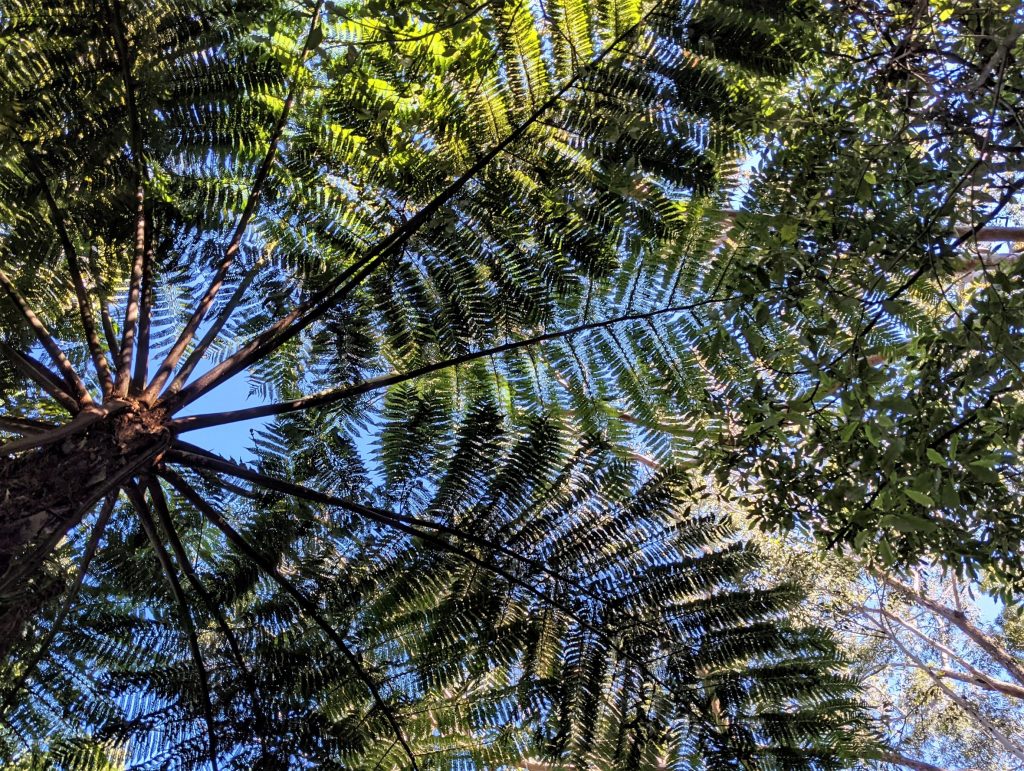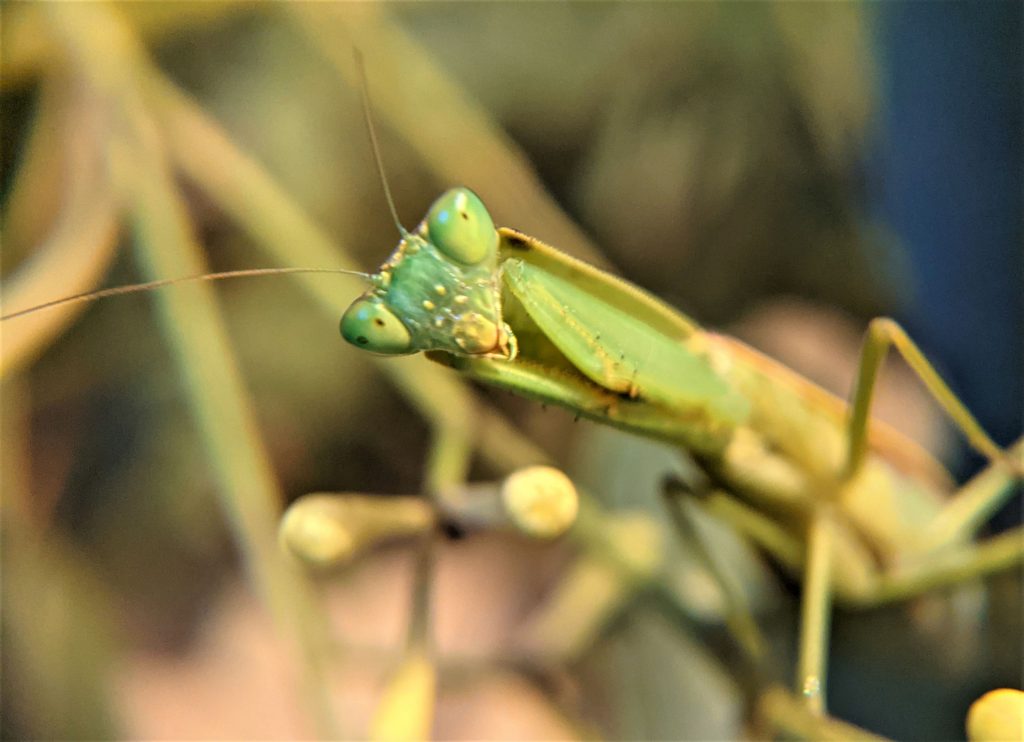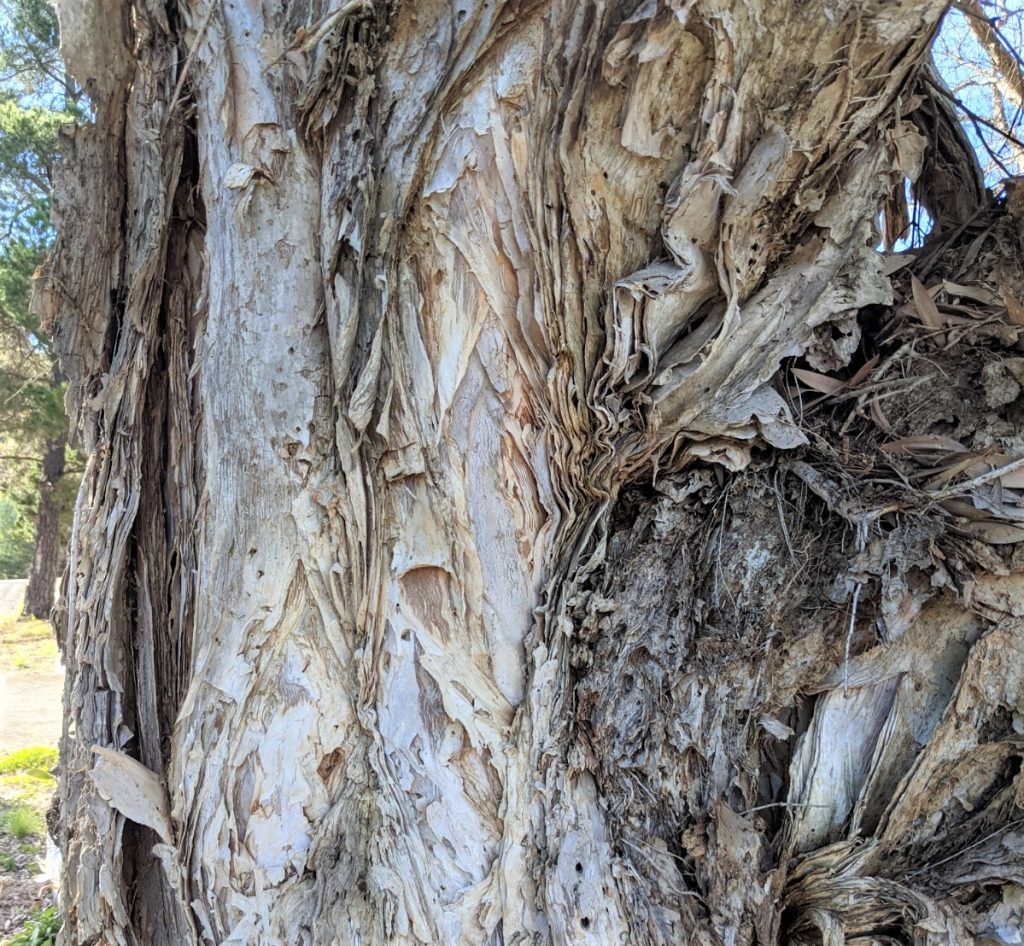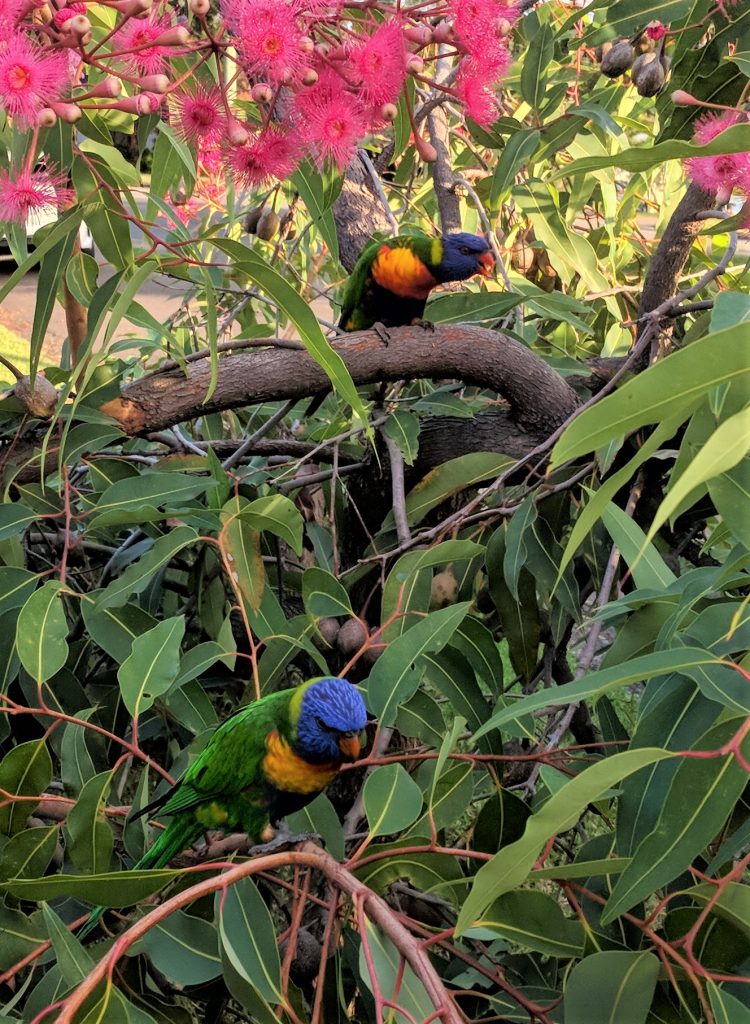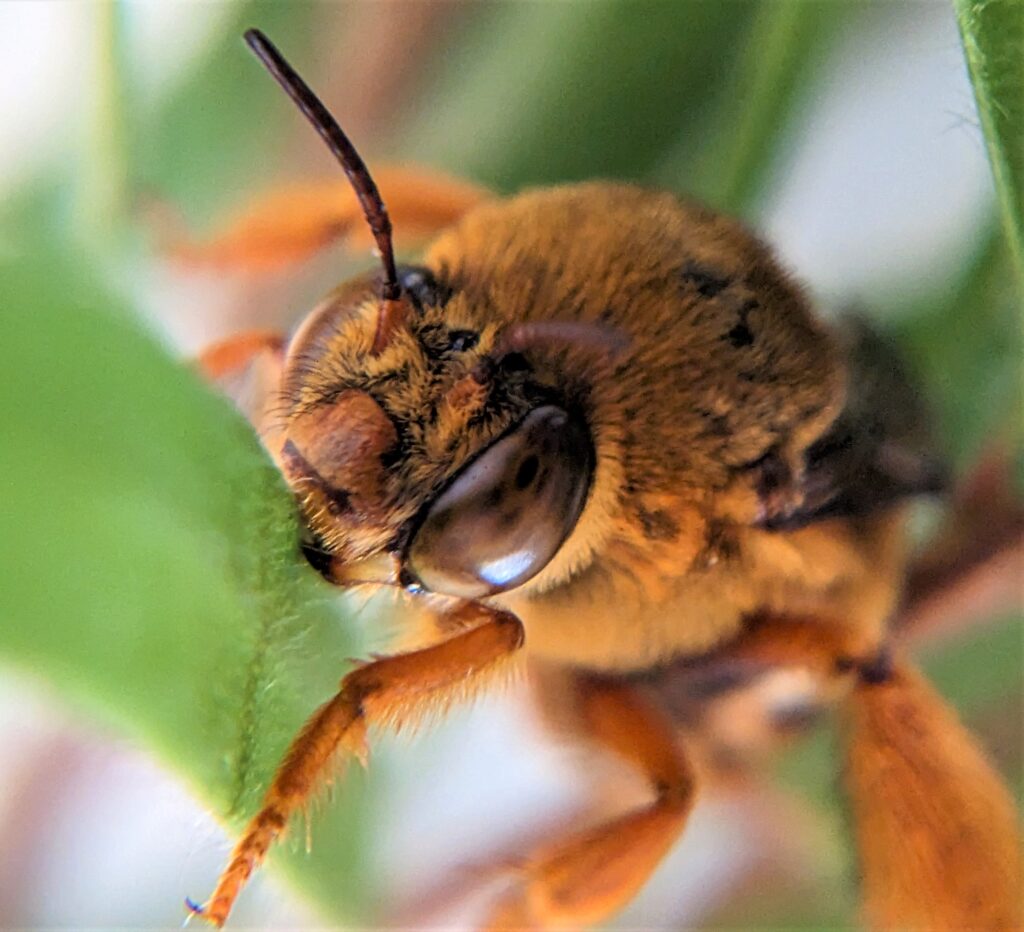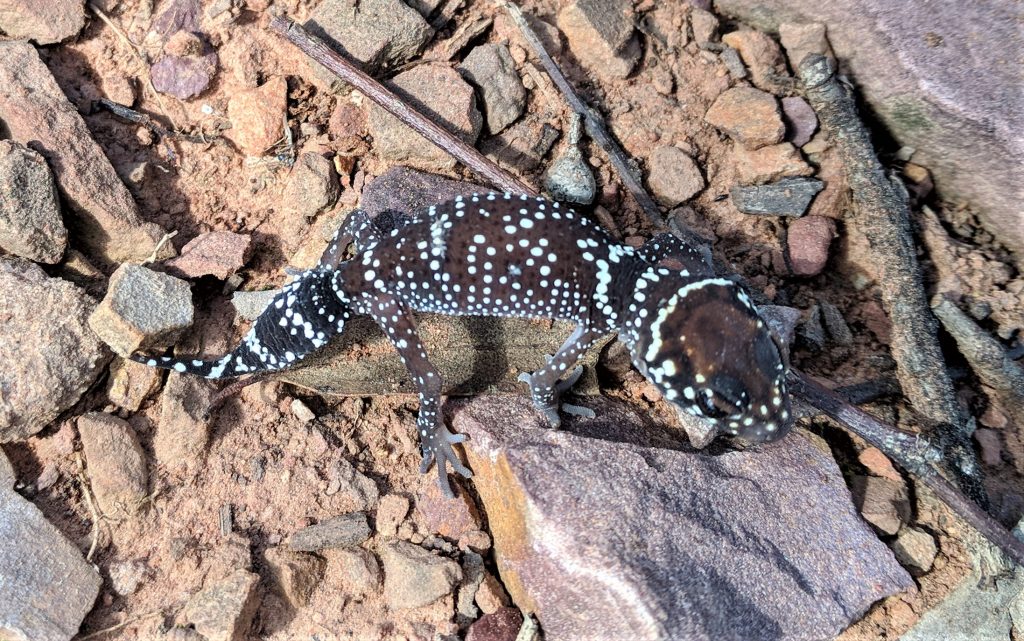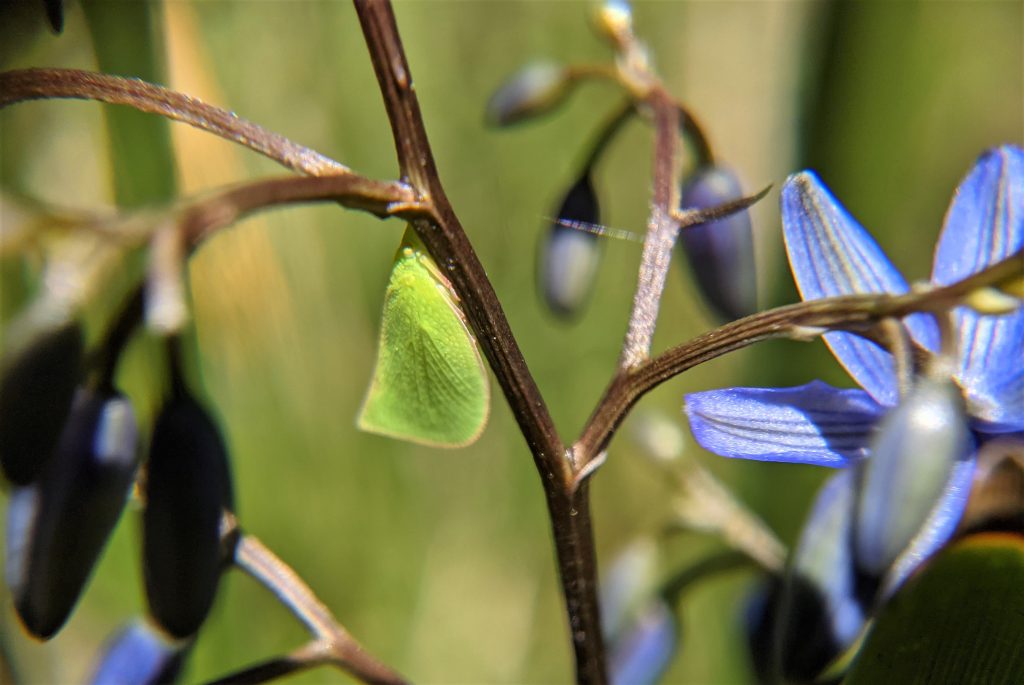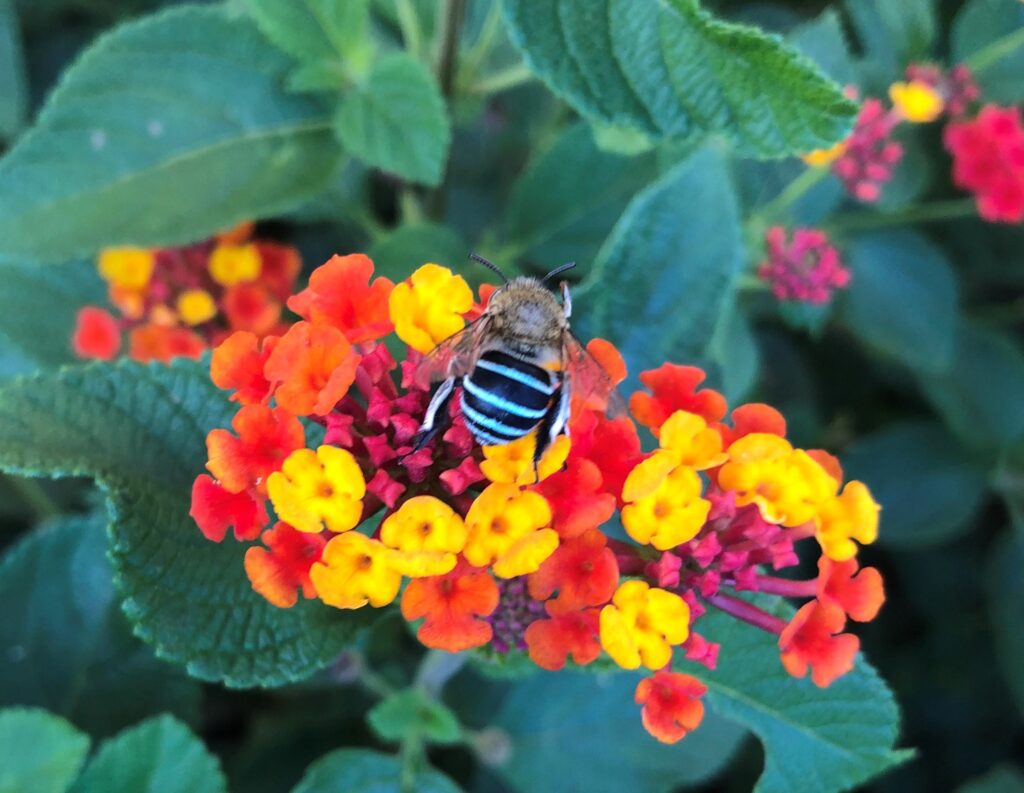World Wetlands Day is celebrated on 2 February every year. It is time for everyone to understand the importance of wetlands. This years theme is Protecting Wetlands for Our Common Future. Wetlands are areas of land saturated or flooded with water permanently or seasonally. There are a variety of wetlands including:
- Coastal wetlands: saltwater marshes, estuaries, mangroves, lagoons, coral reefs
- Inland wetlands: marshes, peatlands ponds, lakes, rivers, floodplains, swamps, fens
- Human-made wetlands: fish ponds, reservoirs, saltpans
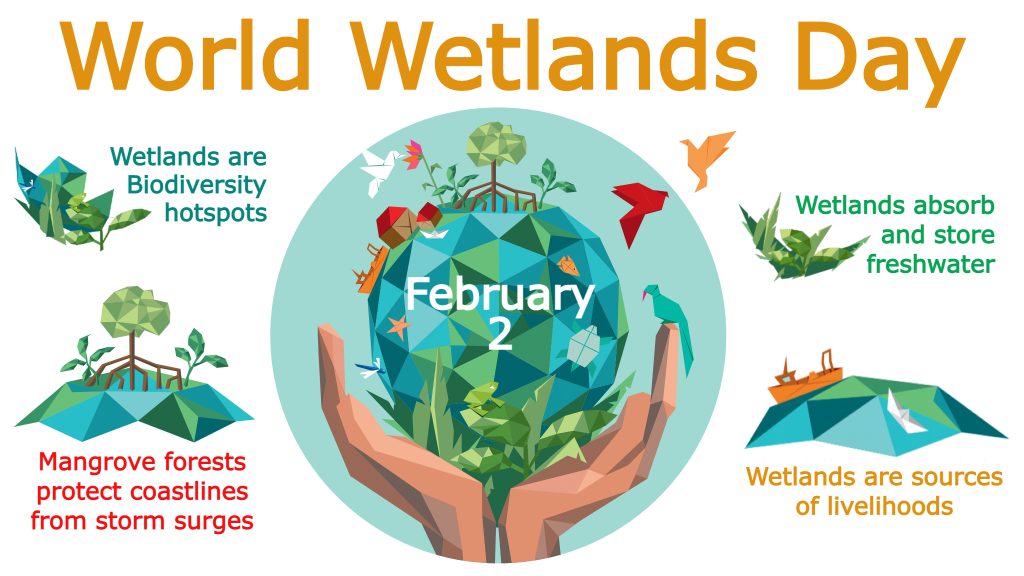
Wetlands are among the most productive ecosystems on Earth, providing essential services such as:
- Water purification – Wetlands filter pollutants, improving water quality for both wildlife and humans.
- Flood control – They absorb excess rainfall, reducing the impact of extreme weather events.
- Biodiversity hotspots – Wetlands are home to countless species, from birds and fish to insects and amphibians.
- Climate resilience – They store carbon, helping mitigate the effects of climate change.
Despite their importance, wetlands are disappearing three times faster than forests due to urban development, pollution, and climate change. By understanding and protecting these ecosystems, we can secure the future of our water resources and biodiversity.
In Australia there are 66 Ramsar sites wetlands of international importance covering about 8.3 million hectares. These sites include iconic wetlands such as Kakadu National Park, Roebuck Bay, Gippsland Lakes, Moreton Bay, Blue Lake, Macquarie Marshes and the Coorong.
The main threats to wetlands in Australia are:
- river regulation and water diversion
- land reclamation and development
- catchment disturbance
- introduction of weeds and pest animals
- climate change
This World Wetlands Day, take action to support wetland conservation:
- Visit a local wetland – Explore these unique habitats and learn about the species they support.
- Participate in a clean-up – Join a community group to remove litter and improve wetland health.
- Plant native vegetation – Help restore wetland areas by planting trees and aquatic plants.
- Educate others – Share knowledge about the importance of wetlands in classrooms and online.
I’m based in the Central Coast in NSW and it is surrounded by a number of estuaries and coastal lagoons, from Lake Macquarie in the north to the Hawkesbury River in the south. Within the Central Coast it is estimated there are about 870 hectares of mangroves, 190 hectares of saltmarsh and 1,780 hectares of seagrass.
Find a wetland near you to explore this weekend!
Join us in celebrating World Wetlands Day 2025 by taking steps to protect these vital ecosystems. For more information and resources, visit https://www.worldwetlandsday.org and follow us for upcoming events and activities!
Check the health of your local wetland with the Wetland Audit.
Let’s work together to ensure a sustainable future for our wetlands and water resources!


